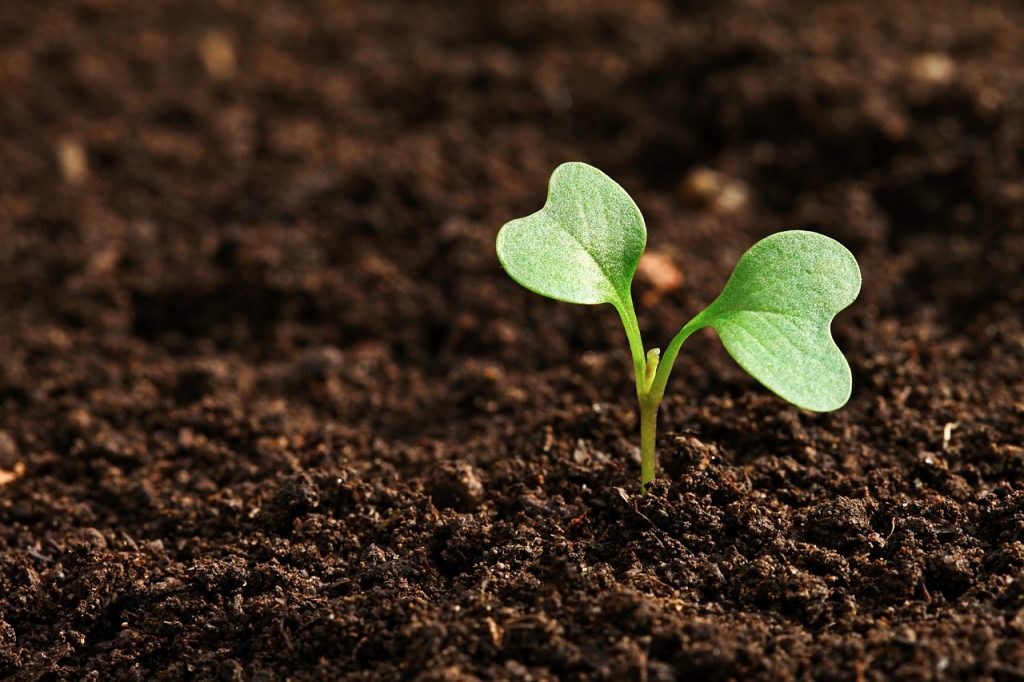Every grower worth her green thumb knows her garden is only as good as the ground it grows on. But what if your natural soil is a little…lacking? Finding ways to bulk up the nutrient content needs to be a top priority, and worm compost can help you get there.
Why is worm compost such a stellar option for your garden? Let’s look closer at the attributes of excellent gardening soil, the importance of amending your soil with quality compost, and why worm compost is one of the best you can consider.
What are the Attributes of a Great Gardening Soil?
Everyone who’s familiar with soil will recognize quality soil as soon as they see it, but what makes top-quality gardening soil stand out from the rest? Standard requirements are that the soil should be loam, meaning that it’s made up of equal parts clay, silt, and sand. The best growing medium needs to retain water (but not too much), it should be rich in organic material, and it should be easy to work if you stick a tool in it.
Of course, not all dirt naturally makes for great gardening soil. That’s where compost comes in. In particular, let’s talk about the benefits that worm compost can add to your garden soil to improve its texture.
The Benefits of Worm Castings for Soil Quality
Worm castings (also known as vermicompost or worm feces) are a proven way to improve soil quality. Vermicompost is rich in nutrients, and it’s filled with beneficial bacteria and enzymes. This incredible natural fertilizer can improve soil structure, aeration, porosity, drainage, and overall moisture-holding capacity. This produces a positive effect on the overall plant growth and health.
It doesn’t take much vermicompost to improve plant health. Numerous studies show that when only worm casting make up even ten percent of the volume of potting soil for young plants, they grow significantly better than they would otherwise. Likewise, the evidence shows that worm castings can provide crucial nutrients to leafy vegetables during their growth period when they are added as an amendment.

Worm Compost Vs Regular Compost: Which is Better?
All compost offers benefits for your plants, so why should you consider using worm castings? The fact is that traveling through a worm’s body is one of the best things that can happen to food scraps, and it makes a big difference for the quality of the final product.
When you make compost the regular way, you collect food scraps in a pail in your kitchen, which you then toss into a larger pile. This is often a slow, smelly process that isn’t fun to participate in. Making compost with worms, in contrast, lets you improve your soil health while keeping worms as pets. It also reduces the amount of waste your kitchen generates without you having to deal with the smelly process of turning it into compost. As an even more significant benefit, worm castings are more abundant in plant nutrients than standard compost created by fungi and bacteria, and recent studies suggest it might work in the soil to suppress disease and infestations of slugs and insects.
If you’re wondering how to improve soil quality, it’s hard to argue with using worm compost.
Getting Started with Vermicomposting
According to The Squirm Firm, improving your soil quality by making homemade worm compost is a simple process. Below are the basic instructions for getting started.
Secure a Worm Composting Bin: While any container can theoretically be used for worm composting, you’re best off with a high-quality, commercially-made container so that it’s reliable and you can add more layers when necessary.
Get a Supply of Red Wigglers: Not all worms are ideal for vermicompost, but red wigglers are the best of all. It’s difficult to find them in your backyard, so your best bet is to order them online.
Have a Steady Food and Bedding Supply: To thrive, red wigglers need a supply of bedding material like shredded newspaper, and scraps of fruits, vegetables, and other kitchen waste. These worms readily eat half their body weight in food each day, so you’ll need to keep them well supplied.
Best Ways to Apply Vermicompost to Your Garden
Once your happy worms have created a stockpile of castings, it’s time to apply them to your garden soil. This step is crucial to get right, as you’d hate to lose the power of your castings by not optimizing them for your needs.
Generally, there are three primary ways you can apply vermicompost to improve soil quality:
As a Top/Side Dressing
Some plants need an extra boost of nutrients throughout the growing season, and adding a light top dressing of worm castings can make an incredible difference. I’ve had the best luck using worm castings as a top dressing with vegetables that are heavy nitrogen feeders, like corn, tomatoes, beets, and cabbage.
As a Soil Amendment
If you’re wondering how to improve soil quality quickly, the process is as simple as adding worm castings directly to your planting spaces. Incorporate a thin layer of castings to the top of each bed before the beginning of the growing season, and turn up the soil several inches so that they get incorporated within the soil bed. Your plant roots will extract their nutrients all season long.
As a Seed Starting Mix
If you want to give seeds the best start in life, you can’t go wrong with worm castings. I like to make a nutrient-rich potting mix by mixing ½ cup of worm castings with ½ cup organic fertilizer, two cups compost, one cup vermiculite, and one cup coco coir. You can scale this recipe up for whatever amount of potting soil you need.
For those that want to give their garden soil a boost of nutrients, you can’t go wrong with worm compost. Try making and using some today, and you’ll be amazed at the difference.
